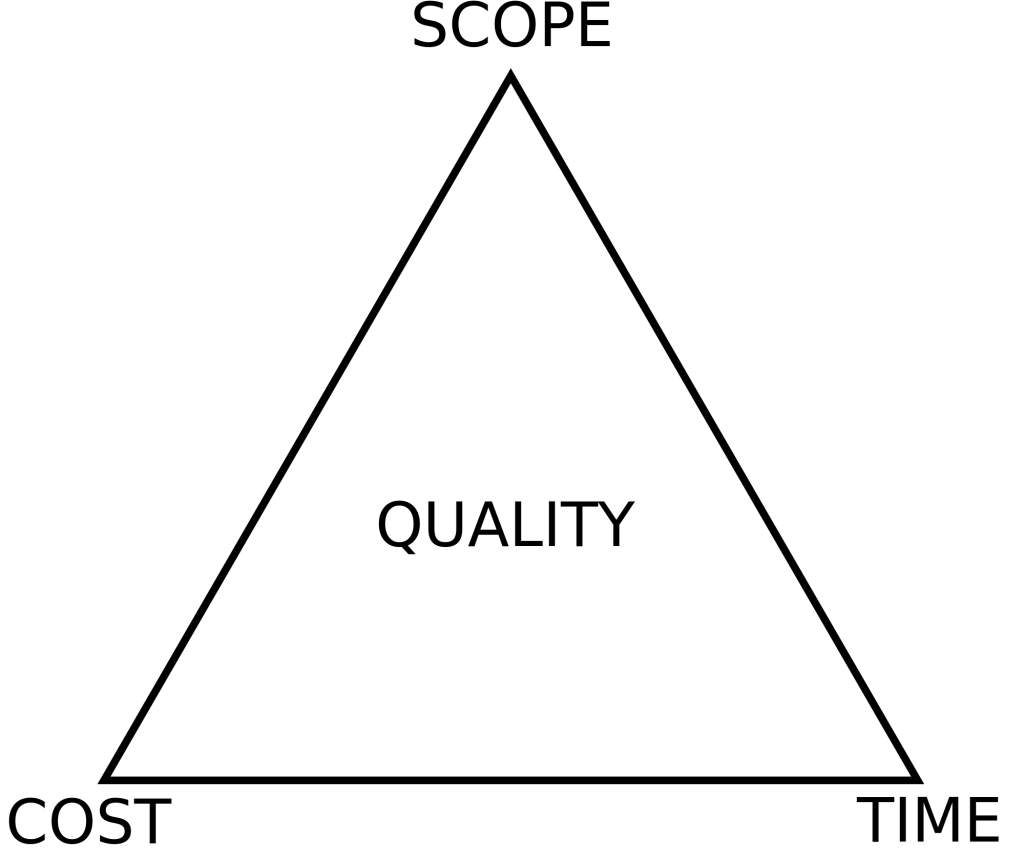Heraclitus observed that there is nothing permanent except change (c.600 BCE). Therefore change is not a new challenge, but many would agree that the rate of change – in our personal and professional lives – is increasing. Organisational change is more important than ever because the rate of change for businesses is ever increasing, driven by competition, technology and connectivity.
Why change is important
Change is important because things all around us are altering all the time. At the cosmic scale, the universe is continually expanding. Stars and planets accelerate away from each other. At a global level tectonic plates shift on the Earth, continents move, mountains gain height. Biologically Darwin said that change was essential for survival; a key tenant to the theory of evolution (1859). Our lives are marked by change. We age and we mature. Our relationships grow and evolve. Therefore we actually accept a huge amount of change even when we have a limited effect on it.
When change is hard
But if change is a constant fact of life why is it frequently so hard? Change is constant, but the rate of change is not constant. As Hawking notes “The increase of disorder or entropy is what distinguishes the past from the future, giving direction to time.” (1988). And therein lies the issue. It is not so much change we struggle with, but the pace of change. The rate of development is such that what we learn in our education and preparation for our work is no longer sufficient to last us through our careers.
Supporting the individual for team success
Therefore personal development is more important than ever and if individuals are neglected then it affects the team as a whole. In John Adair’s leadership model the spheres of task, team and individual overlap. A leader has to keep all the elements in balance to be successful. You have to support and develop the individual to maintain the team and you need an effective team to achieve your goal.
Companies can often forget this simple truth. In organisational change, it is often the individual and the team that suffer at the expense of forcing through the task of bringing about a change programme. Often this comes from the assumption that traditional top-down management approaches and project management processes are sufficient to manage transformation.
Project management and change management
I worked for a time as a project manager on large commercial construction projects. These were often expensive and complex but the effect of the change was broadly practical and linear. By contrast, in my experience, dealing with cultural change in businesses is more ethereal and organic. Mergers, handovers of leadership, implementation of new strategies or structural changes all result in a cultural change to one degree or another.
Changing culture means changing attitudes and behaviours at an individual level. Changing behaviour can be far more challenging than project management in construction or even software development, as humans and emotions are less predictable. The fact is that every individual will have a subtly different set of values and behavioural cues.
This is one of the first ways that coaching can be of help to organisations going through change. Coaching gives an opportunity to help people understand their own motivations and why they behave in certain ways. Understanding motivation is of critical importance to successful change. It is essential that people understand why they must change as this creates the urgency that drives change at the individual and organisational level (Kotter, 1996).
Cultural change and the importance of values
Motivation affects behaviour, behaviour is built on habits, and these, in turn, are built on our values and beliefs. Therefore the heart of the issue in change is ensuring that people are aligned to the values underpinning the change. Simon Sinek points out that you need to start with understanding the ‘why’ behind any venture (2009). Only once you can communicate the reasoning behind something will you have a change of aligning people and their values to the change.
Why do we fear change?
Even when people understand that change needs to happen there can still be resistance. I experienced this first when working with a large local government institution facing budget cuts. It is perhaps unsurprising that there was a lot of internal resistance to the cuts. But the resistance mainly stemmed from certain assumptions and fears that people held.
Some people deal with change better than others. Some people prefer to be more settled, others prefer constant challenge and adventure. Sometimes, even for those that like variety, they suffer from change exhaustion just from the rate of change or number of changes imposed on them.
Everyone has a comfort zone that they operate in. People can manage a degree of stretch to this zone in line with their tolerance for stress. Beyond this people start to feel out of their depth (Covey,1989). People desire a degree of control. Change imposed on anyone means that they lose control and this increases stress.
Wrong Assumptions
Under stress, people are more likely to jump to poor conclusions or harbour wrong assumptions. Supporting people through change is therefore very important. Taking a coaching approach is important to ensure that people are listened to, and where necessary given practical support.
In the case of the local government, that I was working with, we used a coaching approach and a specific model developed for that situation. This helped people to explore their work through the focussing on the service user and positive effects, rather than the service provider and the budget. In this way people were able to reframe the problem, challenge assumptions, align values and discover effective ways of providing services.
A third-party, in this sort of situation, can be beneficial because they sit outside of the line management. The coach or other third-party provides an environment where people feel they can be honest (Van Nieurwerburgh 2017). Once trust is established, a coach can provide an environment where fears can be discussed and wrong assumptions can be identified.
Coaching and change
Coaching as a profession and a process is all about supporting change. John Whitmore’s definition of coaching, “Unlocking people’s potential to maximise their own performance” (2009:11) speaks of positive personal change.
Whether it is hard-pressed senior managers or pressured front line staff I have found that employees find coaching sessions with an external coach a cathartic experience. It allows people to freely express frustrations. Once this has happened, wrong assumptions can be identified and challenged. This all comes through a supportive thinking environment, such as the one championed by Nancy Kline (1999). This gives an individual the chance to explore their thinking and proactively seek solutions. Coaching empowers people to start to embrace opportunities that arise out of the perceived crisis.
Coaching Leaders
For most leaders and managers the thought of providing one-to-one coaching support can appear costly in terms of money and time but this is likely to be a wrong assumption too. As with much in life, doing things right takes longer in the short term but shorter in the long term. Really listening to people, understanding their feelings, encouraging their thinking and ideas, aligning values and building a sense of ownership takes time. These are costly, but not as expensive or time-consuming as dragging unmotivated, unwilling individuals towards a destination they are unsure of at best, and insubordinate about at worst.
Having worked as a leader, manager and external consultant it has taken time to adopt more non-directive leadership approaches. When under pressure it can feel like the best thing to do is to give people solutions but in the long run, people are generally more committed to the plans they have personal ownership for. I am continually learning to give people more time and space to think and act for themselves. Therefore as a leader and as a coach, the role is becoming more about supporting than dictating.
Once fears and assumptions are addressed, people start to think. When they start to think, they regain impetus, and with this, they can start to adopt new habits.
Change challenges our habits
One of the greatest reasons we resist change is that we are all creatures of habit. Habits are very helpful and help us to be more effective. They speed up decision making and produce efficient processes for repetitive tasks.
Every organisation has habits. Some are deliberate processes or policy-driven, others are more informal, embedded in culture and passed on relationally. Both types of habits are likely to be challenged in times of change.
People need to see the need an incentive to change habits, even if they know a pattern is a bad one. They need a new cue and reward (Duhigg, 2013) in order to change. If they have a routine that they think is perfectly good then they need a reason to develop a new way of doing the thing. As Jim Collins observes, it is often the good that is the enemy of the great, if people don’t have the incentive to change (2001).
Organisations need to embrace change
Change is important but of particular importance to organisations where the pace of change is challenging more traditional structures and processes. Businesses need to grasp opportunities arising from flux without losing important values. Fears need to be overcome and individuals need to be supported and developed through change so that leadership can emerge at every level.
If you would like access to some bonus content and get updates then please do sign up for my email list.
References
Adair, J (1973) Action-Centred Leadership, New York: McGraw-Hill
Collins, J (2001) Good to Great, London: Random House
Covey, S R (1989) The 7 Habits of Highly Effective People, London: Simon & Schuster
Darwin, C (1859) The Origen of Species By Means of Natural Selection, London: John Murray
Downey, M (2003) Effective Coaching: Lessons from the Coach’s Coach, London: Texere.
Duhigg, C (2013) The Power of Habit, London: Random House
Hansen, M T (2018) Great at Work: How Top Performers Do Less, Work Better, And Achieve More, New York: Simon & Schuster
Heraclitus (c.600 BCE, cited in 2008) Fragments, London: Penguin Classics
Hawking, S (1988) A Brief History of Time, London: Bantam Press
Gawande, A (2017) TED, Ideas Worth Spreading, https://www.ted.com/talks/atul_gawande_want_to_get_great_at_something_get_a_coach#t-988662(accessed 08 Apr 18)
Johnson, S (1999) Who Moved my Cheese: An Amazing Way to Deal with Change in Your Work and in Your Life, London: Vermilion
Kline, N (1999) Time to Think.London: Ward Lock
Kotter, J P (1996) Leading Change, Boston: Harvard Business School Press
Losch, S; Traut-Mattausch, E; Mulberger, M D; Jonas, E (2016) Comparing the Effectiveness of Individual Coaching, Self-Coaching, and Group Training: How Leadership Makes the Difference.Frontiers in Psychology, 7, pp.629
Shaw, B (1944) Everybody’s Political What’s What, London: Constable
Sinek, S (2009) Start with Why, London: Penguin
Van Nieurwerburgh, C (2017) An Introduction to Coaching Skills: A Practical Guide, London: Sage
Whitmore, J (1992) Coaching for Performance, London: Nicholas Brealey


